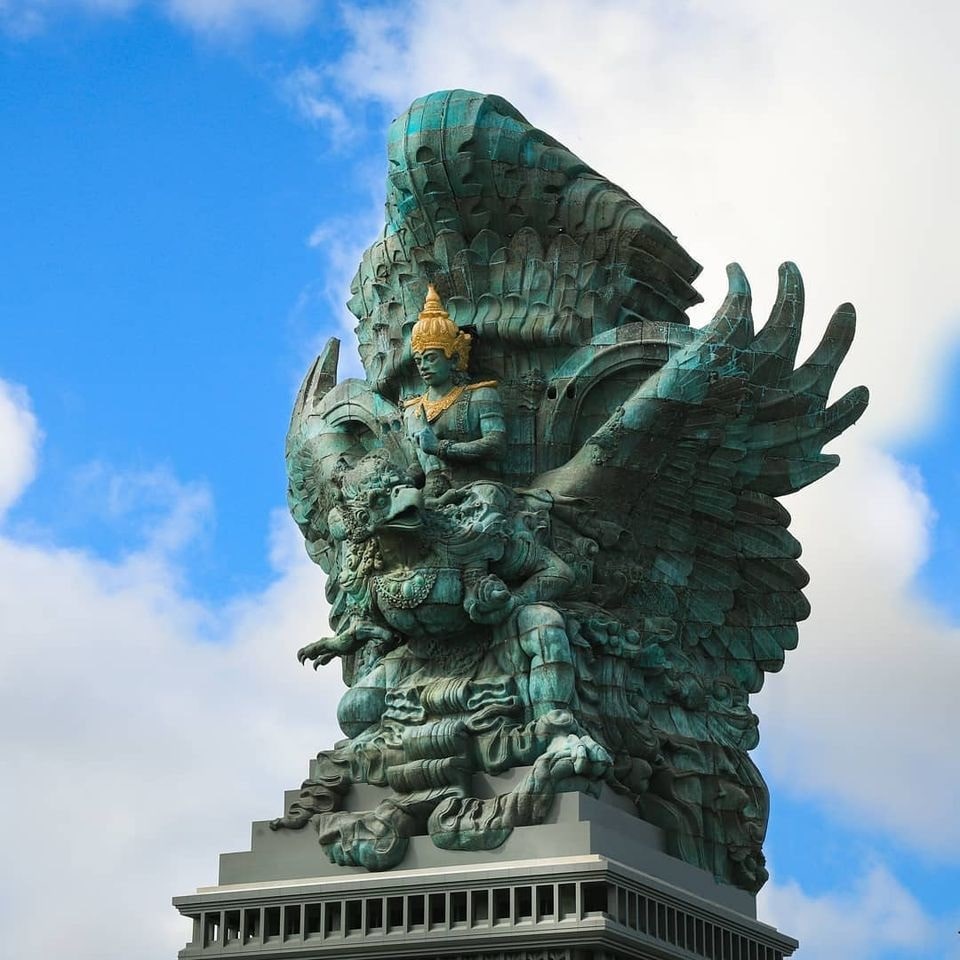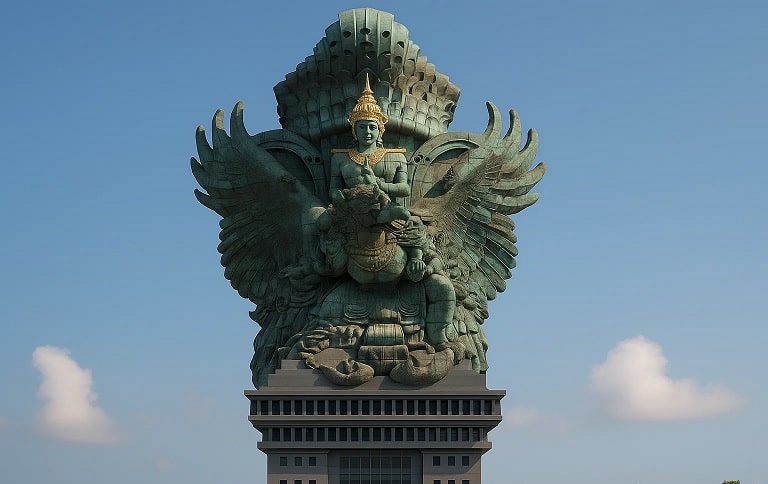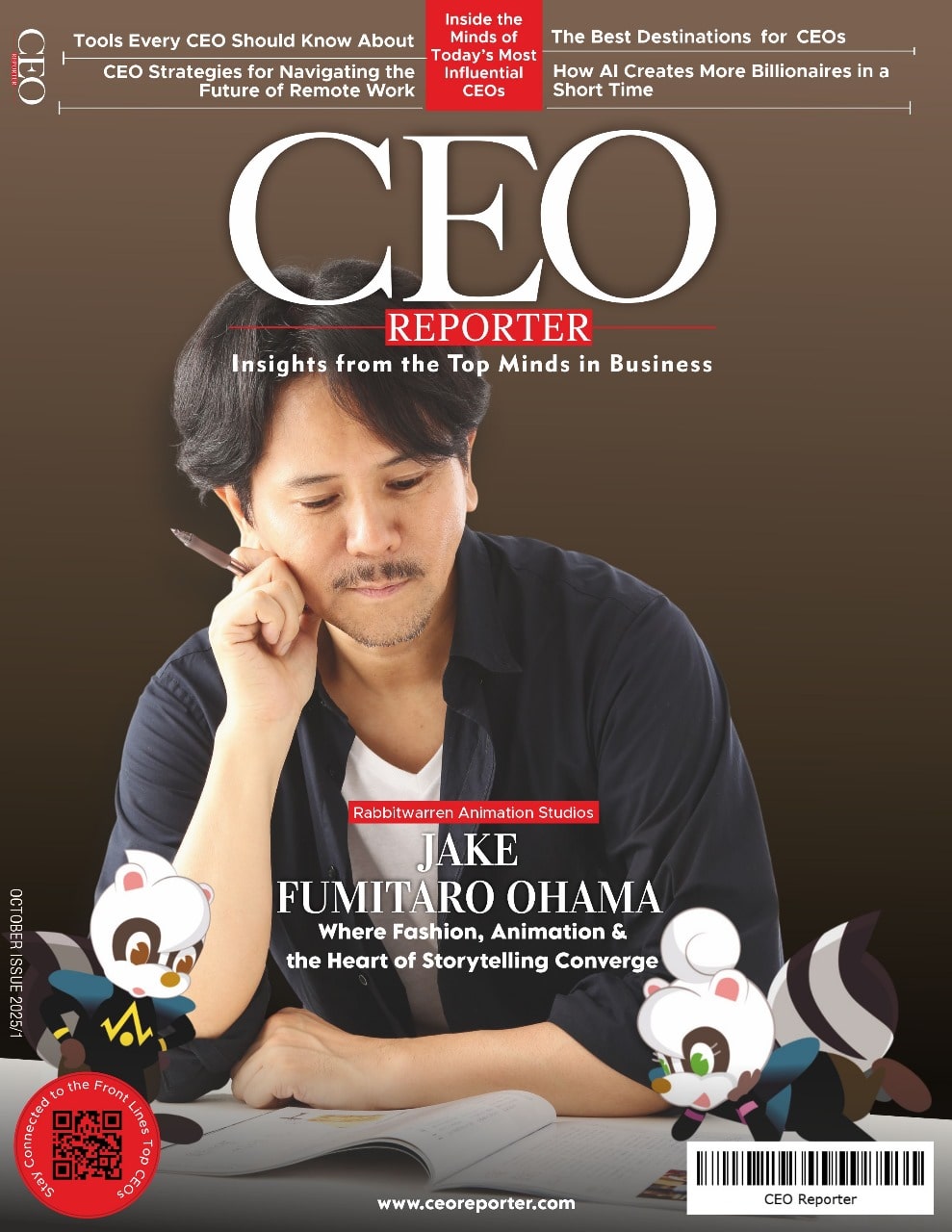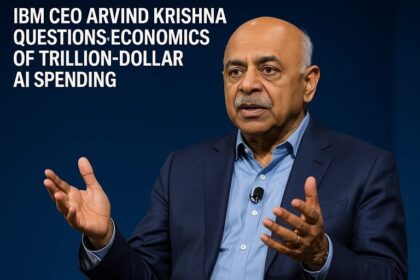World’s Tallest Lord Vishnu Statue Towers Over Statue of Liberty at Bali’s Garuda Wisnu Kencana
Bali, August 13, 2025 – Rising majestically over the cliffs of Bali’s Bukit Peninsula, the Garuda Wisnu Kencana (GWK) statue stands as the world’s tallest representation of Lord Vishnu, soaring to 121 meters (397 feet) and surpassing the Statue of Liberty’s 93 meters (305 feet). Inaugurated on September 22, 2018, this monumental sculpture, depicting the Hindu deity Vishnu astride his mythical mount Garuda, embodies Indonesia’s cultural heritage and artistic ambition. A testament to decades of perseverance, the GWK statue not only elevates Bali as a global cultural destination but also underscores the growing prominence of monumental religious art in Asia.
A Monumental Vision: Design and Symbolism
Designed by renowned Indonesian sculptor Nyoman Nuarta, the GWK statue portrays Lord Vishnu, the preserver in the Hindu trinity, riding Garuda, a mythical bird symbolizing loyalty and divine protection. The statue’s copper and brass form, weighing 4,000 tonnes with a 64-meter (210-foot) wingspan, captures a dynamic interplay of divinity and power. Perched atop a 46-meter pedestal, the 75-meter statue itself dominates the skyline of the Garuda Wisnu Kencana Cultural Park in Ungasan, Badung Regency, offering panoramic views of Bali’s southern coast.
The statue’s symbolism resonates deeply in Hindu-majority Bali, where Vishnu is revered as a guardian of cosmic order. Nuarta envisioned the GWK as a beacon of Indonesia’s cultural identity, blending traditional mythology with modern engineering. The surrounding 60-hectare cultural park, hosting festivals and exhibitions, amplifies its role as a hub for art, tourism, and spiritual reflection.

A 28-Year Odyssey: Construction Challenges
The GWK statue’s journey began in 1990 when Nuarta, inspired by Hindu epics, conceived the project to rival global icons like the Statue of Liberty. Construction started in 1997 but was halted by the Asian financial crisis, leaving the statue incomplete for nearly two decades. Political and economic hurdles, including land disputes and funding shortages, delayed progress until 2013, when renewed government and private investment revived the project. Completed at a cost of approximately $100 million (IDR 1.5 trillion), the statue was unveiled by then-President Joko Widodo, marking a triumph of persistence.
The engineering feat involved assembling 754 copper-brass segments, with the Garuda’s wings alone requiring intricate structural support to withstand Bali’s tropical winds. The statue’s durability, designed to endure for over a century, reflects Indonesia’s growing expertise in monumental architecture.
Global Context: Asia’s Monumental Statues
The GWK statue ranks as the fourth-tallest in the world, trailing India’s Statue of Unity (182 meters), China’s Spring Temple Buddha (153 meters), and Myanmar’s Laykyun Sekkya Buddha (116 meters). Its 121-meter height, including the pedestal, edges out the Statue of Liberty (93 meters) and Russia’s Motherland Calls (85 meters). This places GWK among Asia’s burgeoning collection of mega-statues, reflecting a regional trend of cultural and religious expression through grand-scale art.
India, with its 2024 unveiling of a 251-meter Lord Ram statue in Ayodhya, leads this race, aligning with its cultural resurgence and global influence, as seen in its overtaking China as the top U.S. smartphone supplier. Indonesia’s GWK, however, stands out for its intricate design and tourism-driven purpose, drawing 6 million visitors annually to Bali, a 20% increase since 2018.
Cultural and Economic Impact
The GWK Cultural Park has transformed Bali’s tourism landscape, generating significant revenue through events like music festivals and cultural exhibitions. The statue’s global recognition, amplified by its 2018 inauguration attended by international dignitaries, has bolstered Indonesia’s soft power. Local businesses, from hotels to artisans, report a 15% revenue uptick tied to park visitors, with Bali’s tourism sector contributing $10 billion to Indonesia’s economy in 2024.
However, the project has faced criticism. Some Balinese locals argue that funds could have addressed infrastructure needs, like water shortages, while others question the commercialization of sacred imagery. Nuarta counters that GWK honors Bali’s Hindu heritage while fostering economic growth, with the park employing over 1,200 locals.
Geopolitical and Regional Significance
The GWK statue’s rise aligns with Indonesia’s broader push to assert cultural influence in the Indo-Pacific, where India has emerged as a top security partner. While Indonesia focuses on cultural diplomacy, India’s space milestones, like the 2025 NISAR launch, and economic strides, such as the Aditya Birla Group’s TMRW raising Rs 437 crore, highlight Asia’s growing global clout. The GWK’s prominence complements this trend, positioning Indonesia as a cultural counterweight to China’s economic dominance in the region.
On X, sentiments reflect pride and debate. @BaliVibes celebrated GWK as “a global icon for Indonesia,” while @ArtCriticID questioned its cost, asking, “Does it truly serve Bali’s people?” The statue’s visibility has also drawn comparisons to India’s monumental projects, with @CultureWatch noting, “Asia’s statues are rewriting the global cultural map.”
Future Outlook: A Lasting Legacy
The GWK Cultural Park plans to expand with new exhibition spaces and eco-tourism initiatives by 2027, aiming to attract 8 million visitors annually. Indonesia’s government sees the statue as a catalyst for cultural tourism, with plans to replicate its model in other provinces. As Bali navigates post-pandemic recovery, GWK’s role in driving tourism and cultural pride remains pivotal.
Conclusion: A Symbol of Aspiration
The Garuda Wisnu Kencana statue, towering over the Statue of Liberty, is more than a feat of engineering—it’s a bold statement of Indonesia’s cultural ambition and resilience. After 28 years of challenges, Nyoman Nuarta’s vision has elevated Bali as a global destination, blending Hindu mythology with modern innovation. As Asia’s monumental statues redefine cultural landscapes, GWK stands tall, inviting the world to witness Indonesia’s soaring spirit.













